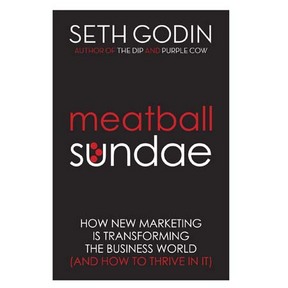It matters!
I was leading a workshop recently with young entrepreneurs. During the course of developing their value proposition, I kept harping on the question: “Are you really solving an important problem / challenge for your customers?” The entrepreneurs kept asking me to move on to marketing techniques and how they can implement them. I resisted this urge and kept going back to value proposition. They seemed to think that the very reason they are up-and-running as enterprises is because they have identified some value for their customers! But for me, something seemed amiss!
Over the three hours that we spent discussing and rewriting the value proposition statements for all the entrepreneurs and their start-ups, one thing struck me hard – they were all writing their value proposition from the perspective of their offerings (be it products / services). This was not getting anyone other than themselves (even in the class) too excited. So how do we make a customer excited about your product / service? Answer: A good value proposition statement!
So, what is a good value proposition statement? While that requires a series of iterations, the first step is to change the direction of thinking from the perspective of the entrepreneur. The entrepreneur has to start writing the ‘value proposition’ statement from the perspective of the customer. This is too simple but subtle a change that it even requires keen awareness to recognize it.
Most entrepreneurs write value proposition statements from their perspective. It is most often a restatement of the features and benefits. But most customers buy solutions to their problems, not features! Small disconnect in understanding, but leads to large holes in the Income statement.
Think about this! This requires that you re-write value propositions to address problems head-on. In the next post I will detail at least two things that a good value proposition statement should address so that customers can make quick decisions.




